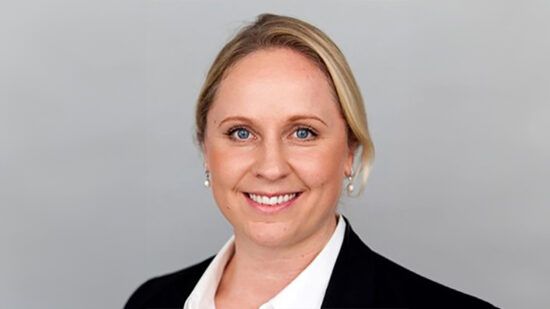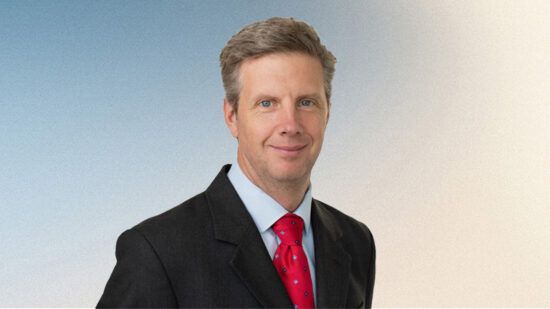Ashmore Group has launched its Emerging Markets Impact Debt Strategy, aiming to deliver both financial return and positive, measurable environmental and social impact aligned with the United Nations Sustainable Development Goals (UN SDGs).
The SFDR Article 9 strategy will be managed by a dedicated impact team within Ashmore’s Blended Debt Sub-Investment Committee, led by Simon Cooke, head of impact debt.
According to Ashmore, the strategy will follow “a best ideas approach”, from both the impact and return perspective, focused on corporates, but with the flexibility to allocate to sovereigns and supranationals.
Investments must pass both Ashmore’s Impact Assessment and Fundamental Assessment, and each holding will be assessed to ensure it contributes to at least one of the 169 UN SDG targets, generating positive outcomes such as reducing greenhouse gas emissions, enhancing digital connectivity and improving access to essential services, while not significantly harming any other UN SDG.
Ashmore intends to report annually on the outputs and outcomes associated with every holding and the overall strategy, enabling investors to assess performance against its impact objective.
Cooke commented: “We urgently need to mobilise trillions in private capital to plug the growing UN SDG financing gap in emerging markets. Our ambition is to develop scalable impact strategies with multi-billion-dollar capacities that help address this need, while delivering market-rate rate risk-adjusted financial returns.
“We are very excited to launch the first step towards that goal, the Ashmore Emerging Markets Impact Debt strategy. The strategy will target measurable impact and total return in a daily liquid asset class that offers investors an unparalleled combination of potential returns, potential impact and potential scale within global fixed income.”








